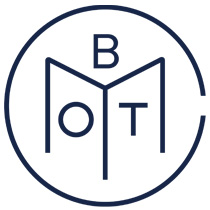
Trio for Blunt Instruments is a collection of Nero Wolfe mystery novellas by Rex Stout, published in 1964 by the Viking Press in the United States and simultaneously by MacMillan & Company in Canada. The book comprises three stories:

And Be a Villain is a Nero Wolfe detective novel by Rex Stout, first published by the Viking Press in 1948. The story was collected in the omnibus volumes Full House and Triple Zeck.

Three Witnesses is a collection of Nero Wolfe mystery novellas by Rex Stout, published by the Viking Press in 1956 and itself collected in the omnibus volume Royal Flush. The book contains three stories that first appeared in The American Magazine:
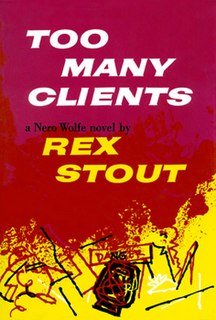
Too Many Clients is a Nero Wolfe detective novel by Rex Stout, published by the Viking Press in 1960, and collected in the omnibus volume Three Aces.
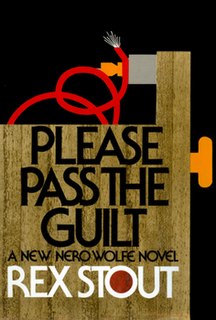
Please Pass the Guilt is a Nero Wolfe detective novel by Rex Stout, published by the Viking Press in 1973. Unusually for a Nero Wolfe story, which mostly take place very near the time of publication, this novel is set in 1969, though it was originally published in 1973.
"Method Three for Murder" is a Nero Wolfe mystery novella by Rex Stout, first serialized in three issues of The Saturday Evening Post. It first appeared in book form in the short-story collection Three at Wolfe's Door, published by the Viking Press in 1960.
"Too Many Detectives" is a Nero Wolfe mystery novella by Rex Stout, first published September 14, 1956, in Collier's. It first appeared in book form in the short-story collection Three for the Chair, published by the Viking Press in 1957.
"Invitation to Murder" is a Nero Wolfe mystery novella by Rex Stout, first published as "Will to Murder" in the August 1953 issue of The American Magazine. It first appeared in book form in the short-story collection Three Men Out, published by the Viking Press in 1954.

"This Won't Kill You" is a Nero Wolfe mystery novella by Rex Stout, first published as "This Will Kill You" in the September 1952 issue of The American Magazine. It first appeared in book form in the short-story collection Three Men Out, published by the Viking Press in 1954.
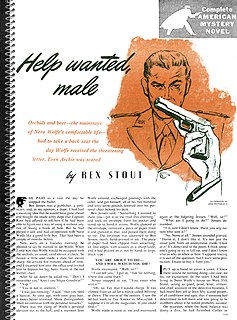
"Help Wanted, Male" is a Nero Wolfe mystery novella by Rex Stout, first published in the August 1945 issue of The American Magazine. It first appeared in book form in the short-story collection Trouble in Triplicate, published by the Viking Press in 1949.

"Instead of Evidence" is a Nero Wolfe mystery novella by Rex Stout, first published in the May 1946 issue of The American Magazine under the title "Murder on Tuesday". It first appeared in book form in the short-story collection Trouble in Triplicate, published by the Viking Press in 1949.
"Death of a Demon" is a Nero Wolfe mystery novella by Rex Stout, first serialized in three issues of The Saturday Evening Post. It first appeared in book form in the short-story collection Homicide Trinity, published by the Viking Press in 1962.
"Counterfeit for Murder" is a Nero Wolfe mystery novella by Rex Stout, first serialized as "The Counterfeiter's Knife" in three issues of The Saturday Evening Post. It first appeared in book form in the short-story collection Homicide Trinity, published by the Viking Press in 1962.
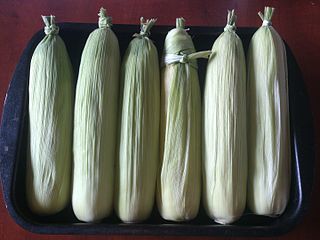
"Murder Is Corny" is a Nero Wolfe mystery novella by Rex Stout, first published in April 1964 in the short-story collection Trio for Blunt Instruments. It was the last Nero Wolfe novella to be written, and the last published in Stout's lifetime.
"Murder Is No Joke" is a Nero Wolfe mystery novella by Rex Stout, first published in the 1958 short-story collection And Four to Go.

"When a Man Murders" is a Nero Wolfe mystery novella by Rex Stout, first published in the May 1954 issue of The American Magazine. It first appeared in book form in the short-story collection Three Witnesses, published by the Viking Press in 1956.

"Booby Trap" is a Nero Wolfe mystery novella by Rex Stout, first published in the August 1944 issue of The American Magazine. It first appeared in book form as the second novella in the short-story collection Not Quite Dead Enough, published by Farrar & Rinehart in 1944.

"Kill Now—Pay Later" is a Nero Wolfe mystery novella by Rex Stout, first serialized in three issues of The Saturday Evening Post. It first appeared in book form in the short-story collection Trio for Blunt Instruments, published by the Viking Press in 1964.
"Blood Will Tell" is a Nero Wolfe mystery novella by Rex Stout, first published in the December 1963 issue of Ellery Queen's Mystery Magazine. It first appeared in book form in the short-story collection Trio for Blunt Instruments, published by the Viking Press in 1964.

"The Squirt and the Monkey" is a Nero Wolfe mystery novella by Rex Stout, first published as "See No Evil" in the August 1951 issue of The American Magazine. It first appeared in book form in the short-story collection Triple Jeopardy, published by the Viking Press in 1952.








